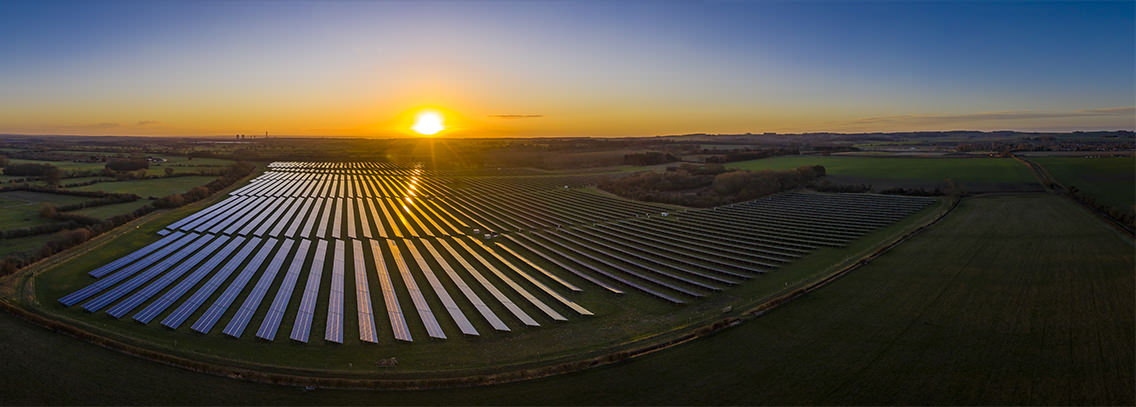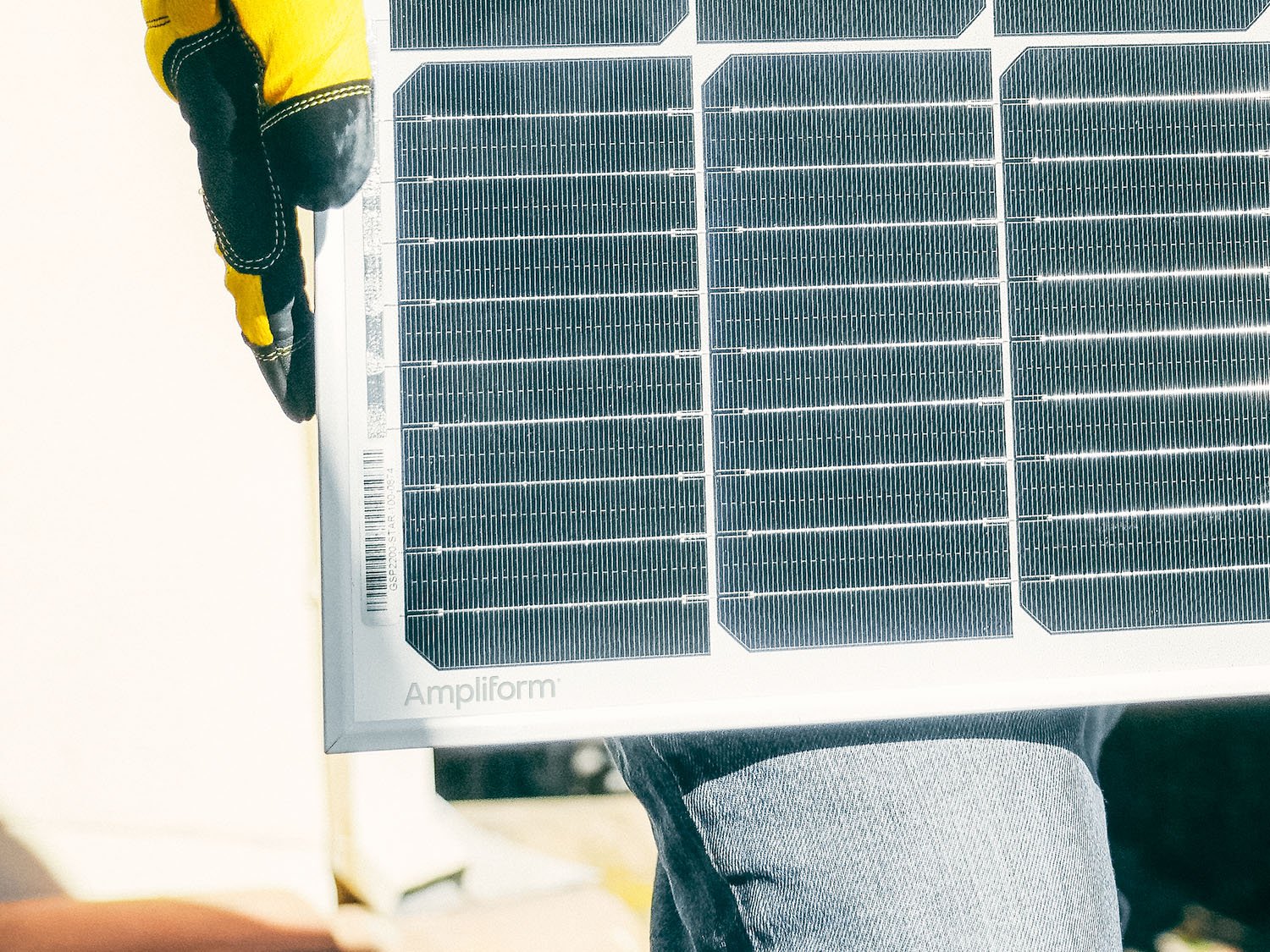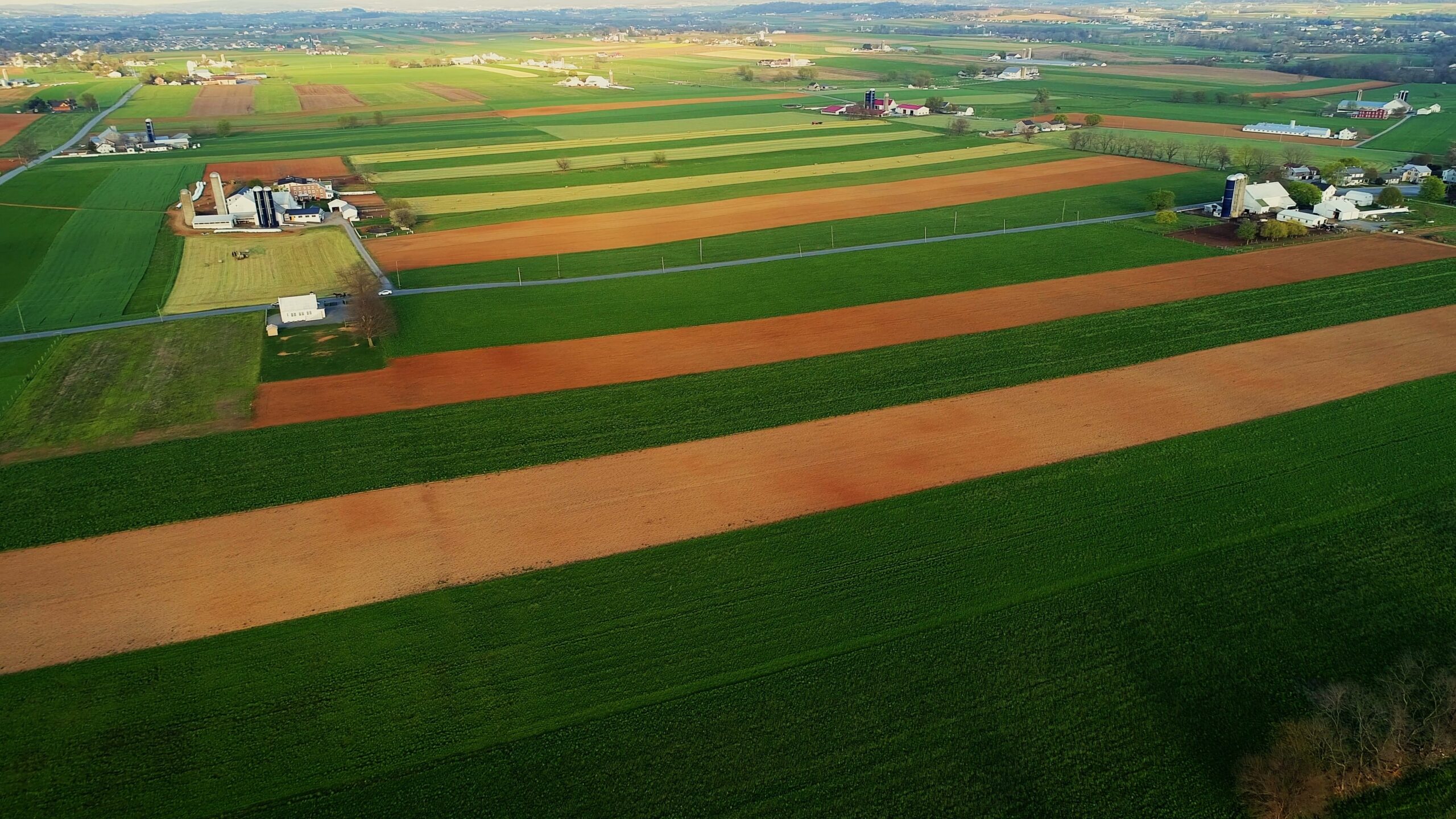Solar as a crop? Penn State to install state’s largest solar array on 500 acres of farmland
Sunday, August 18, 2019
Glidepath Partner Carl Jackson also serves as director of utility-scale solar initiatives at Penn State and is quoted in the below article by Ellie Rushing reposted from the Philadelphia Inquirer.
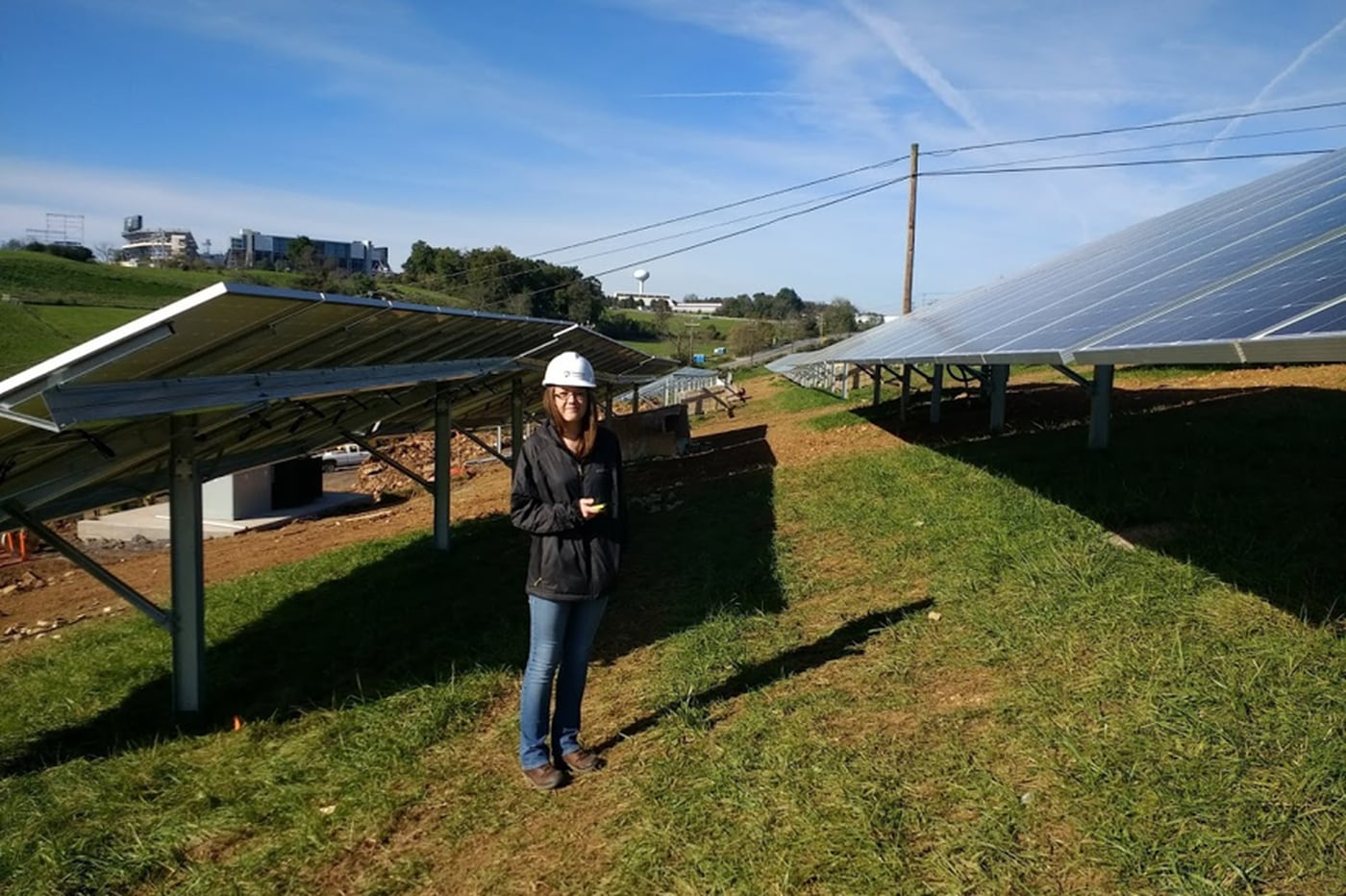
Glenn and Catherine Dice have been farmers all their lives, owning 60 cows at one point and growing corn, wheat, alfalfa, and barley on what has become 700 acres in Franklin County, southwest of Harrisburg.
But in the last year, the Dices added a new crop to their fields: solar panels.
In a growing trend across Pennsylvania and the rest of the country, the Dices have agreed to a 25-year contract to rent 134 acres to Lightsource BP, a London-based solar company with an office in Philadelphia. Lightsource is renting a total of 500 acres of land from seven Franklin County farm owners to install a utility-scale solar array with 150,000 panels, in what will be the largest solar installation in the state. It will sell the power generated to Pennsylvania State University, providing 25% of the university’s electrical needs for all its campuses.
Solar companies renting or acquiring land from Pennsylvania farmers is becoming more common, said Mark O’Neill, director of communications for the Pennsylvania Farm Bureau.
“It’s definitely a trend,” he said. “We are seeing a surge over the last couple of years in the number of solar companies looking to connect with our farmers and offering the possibility of either buying or leasing their land for solar development.”
While this 70 megawatt installation would be the state’s largest when it’s complete in July 2020, larger arrays will soon eclipse it, said Carl Jackson, director of utility-scale solar initiatives at Penn State.
“Over the next couple of years, the Lightsource BP project will probably be on the smaller end,” said Jackson. “Pennsylvania has a tremendous amount of farmland, the cost [of solar] has come down, and the state has taken some initiatives to promote solar.”
The seven Franklin County landowners farm everything from corn and hay to dairy, which is struggling to compete with plant-based alternatives, such as almond milk. Now, leasing a portion of their land to this project will provide about 30 years of reliable income.
Laurie Mazer, Lightsource’s vice president of development, would not disclose how much the farmers will make from the contracts, citing confidentiality, but she said their income will be “on parity, if not larger than, what they’re making from farming other crops.”
Such was the case for the Dices, who started renting hundreds of acres of their land to other farmers in the 1980s, as larger dairy farms took over and the family looked to generate more income. Then, about eight years ago, a California solar company approached the Dices, looking to rent part of their land for a utility-scale solar panel installation.
As Pennsylvania’s solar market flickered off and on during those years, the California company never completed the project. But now, Lightsource has taken over the Dices’ rental agreement, and it added six more farmers to the list.
Using farmland for solar fields is part of a nationwide trend, too. In such states as California, large solar arrays give farmers income amid the state’s massive water shortage, which is limiting their ability to farm.
“Think of this like a really good food exchange,” said Jeffrey Brownson, an associate professor of energy and mineral engineering at Penn State. “We think of energy as an extractive process, but you can design and work a solar farm that is … more along the lines of a sustained farm practice.”
Lightsource’s installation should begin about Sept. 6. It will cost about $75 million and be led by Lightsource, which will be responsible for funding, constructing, and managing the array. Then, Penn State will purchase the array’s 70 megawatts of electricity, meaning there is no upfront cost for the university.
As a nonprofit, Penn State is not eligible for the 30% tax incentive that comes with installing solar. Since Lightsource is eligible, purchasing the electricity through that company significantly reduces the university’s entry cost and liability.
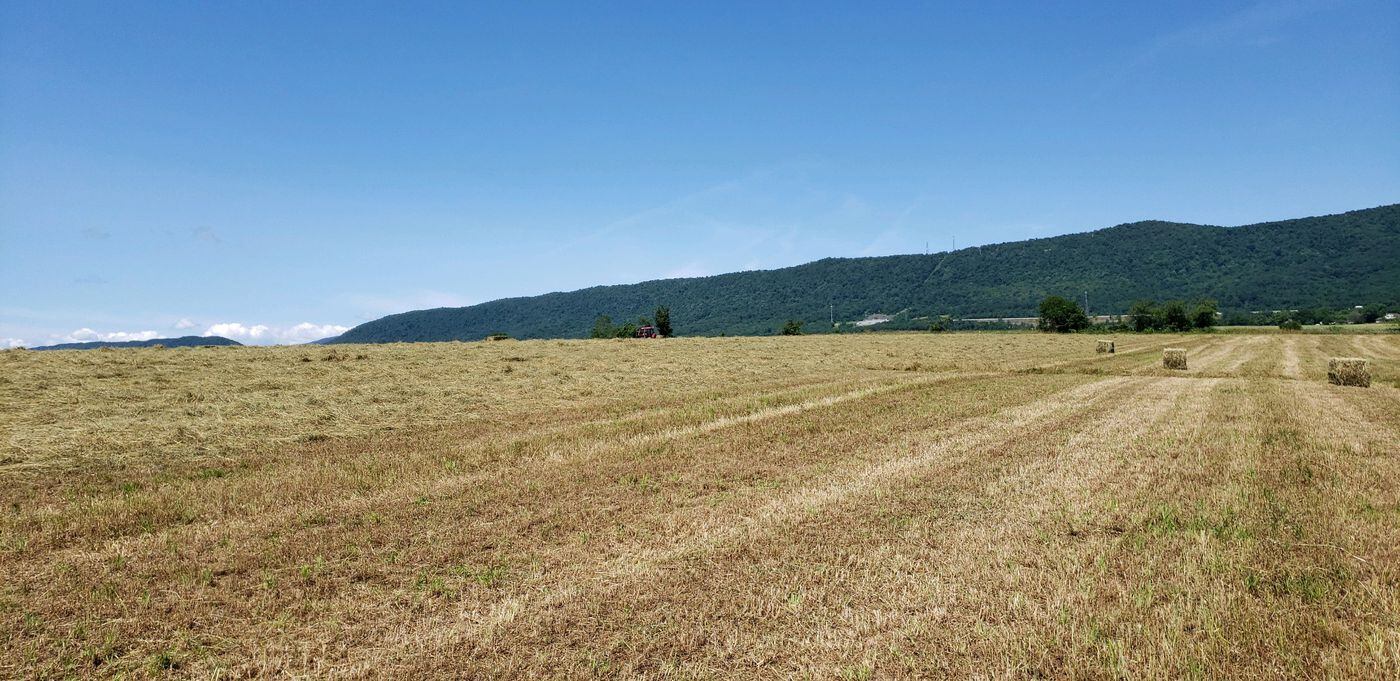
“We didn’t want to increase our costs in order to cut our greenhouse gas emissions,” said Rob Cooper, director of energy and engineering at Penn State. In the first year, the university expects to save about $272,000 by switching to solar. Across the 25 years, it expects to save about $14 million.
This arrangement may become increasingly popular for large nonprofits such as hospitals and universities, said Edward Johnstonbaugh, a renewable energy educator with Penn State Extension. “This is a very big change in Pennsylvania. This is the first of its kind, and it certainly won’t be the last in how people perceive the transition of the grid to incorporating renewable and clean technologies.”
Penn State chose Lightsource as its partner after an extensive proposal process. It required all firms to use a mapping tool created by the Nature Conservancy that identifies land important to species’ movement patterns amid the changing climate. By using this tool, the firms could avoid selecting important habitats.
The 500 acres of panels will be on three separate expanses in Franklin County — one in Lurgan Township and two in St. Thomas Township. Penn State’s Mont Alto campus is only about 20 miles away, making the fields accessible to students and researchers.
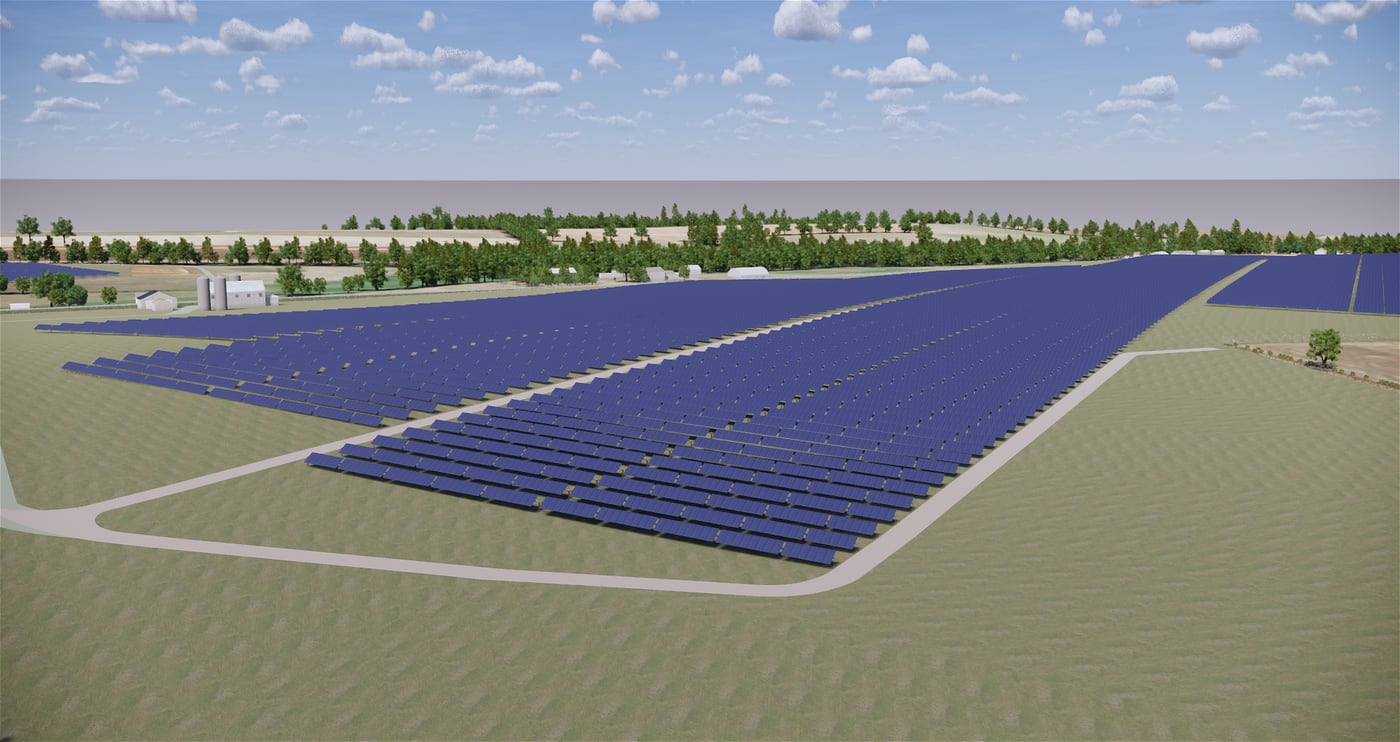
The solar panels will remove 55,000 metric tons of carbon dioxide every year, which is equivalent to the annual output of 11,957 cars, according to U.S. Environmental Protection Agency standards. While the solar will run 25% of the electricity used by Penn State’s 24 campuses, the remaining 75% and the university’s heat will continue to come from natural gas, propane, and steam. The University Park campus has a small, 10-acre solar array, but that provides only about 1% of the campus’ electricity.
The project will help the university exceed its goal of a 35% greenhouse gas reduction rate by 2020 and its 2030 goal of a 52% reduction, Cooper said.
Lightsource’s Mazer said that southern Pennsylvania receives a lot of sunlight and has solid electrical infrastructure, making it a great location for future solar projects.
Installing solar on land far away from a grid connection point can cost thousands of dollars a foot. Mazer said that Lightsource does not have to install any new power lines for this project.
And although putting solar on Pennsylvania’s more than 200,000 acres of abandoned mines may sound like a better use of land, contamination may pose major risks for developers. Mazer said that on lands with contaminated soil, solar panels are often mounted above ground, which can be more expensive.
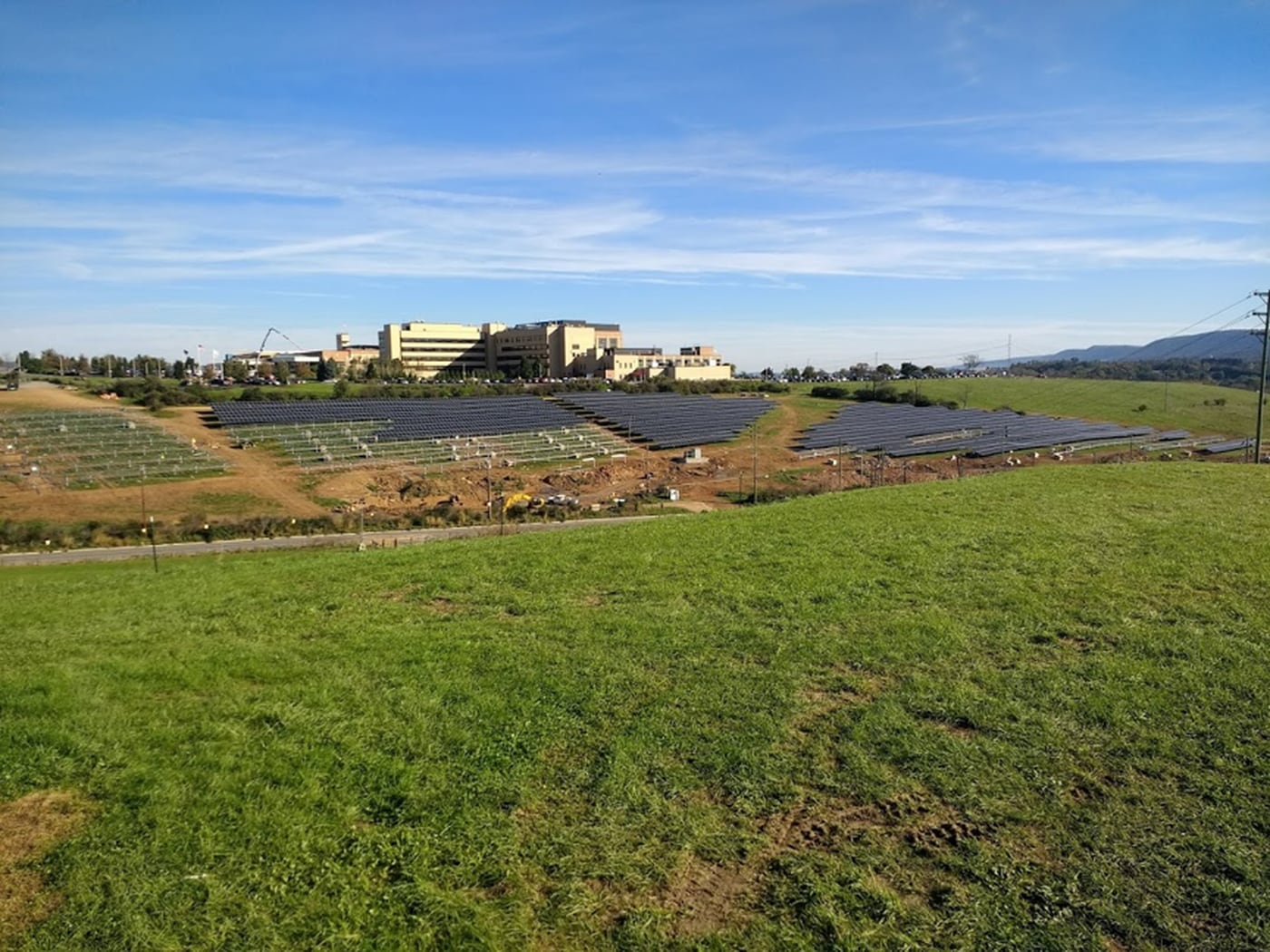
Penn State’s Cooper said that given the number of panels needed for the project, reusing the tops of buildings was also not a realistic option. “Often you have to do structural changes to the building, which can get very expensive,” said Cooper.
Native vegetation will be incorporated throughout the panels to attract more pollinators and give the land a chance to regenerate after years of crops, said Cooper. To minimize land impact, the panel installation will avoid using heavy equipment.
Also, the panels will not be fixed to one location — as the sun moves through the day, the panels will follow it, exposing the plants under the panels to moisture and sunlight.
“We want them to leave this land better than they found it, and we want them to operate better from a biodiversity standpoint than it does now,” said Cooper.
Glenn and Catherine Dice said that they were adamant in their contract that their farmland be returned to its original healthy state after the project is complete, but that they are happy to see new partnerships for farmers evolve.
“We are always going to see change, especially in how land is used,” said Catherine. “Everybody is trying to find eco-friendly ways to produce more energy. As many people as we have in this world, we sure need lots of it.”

